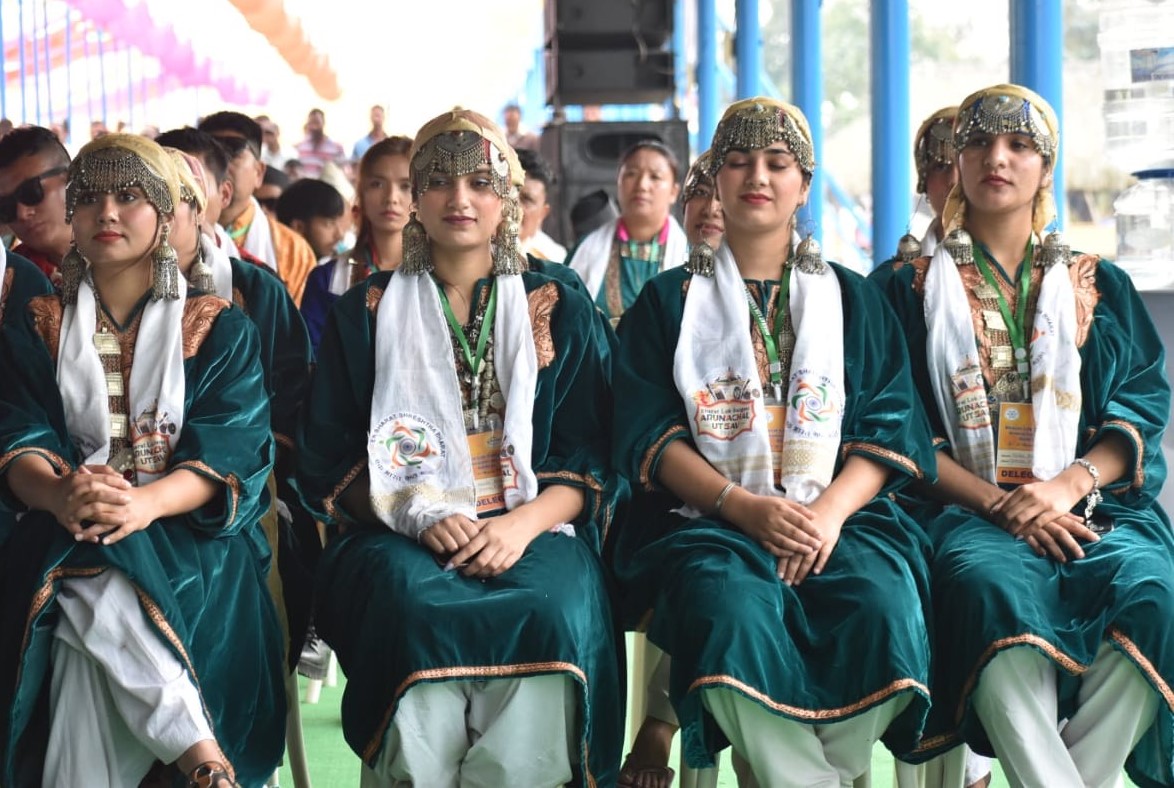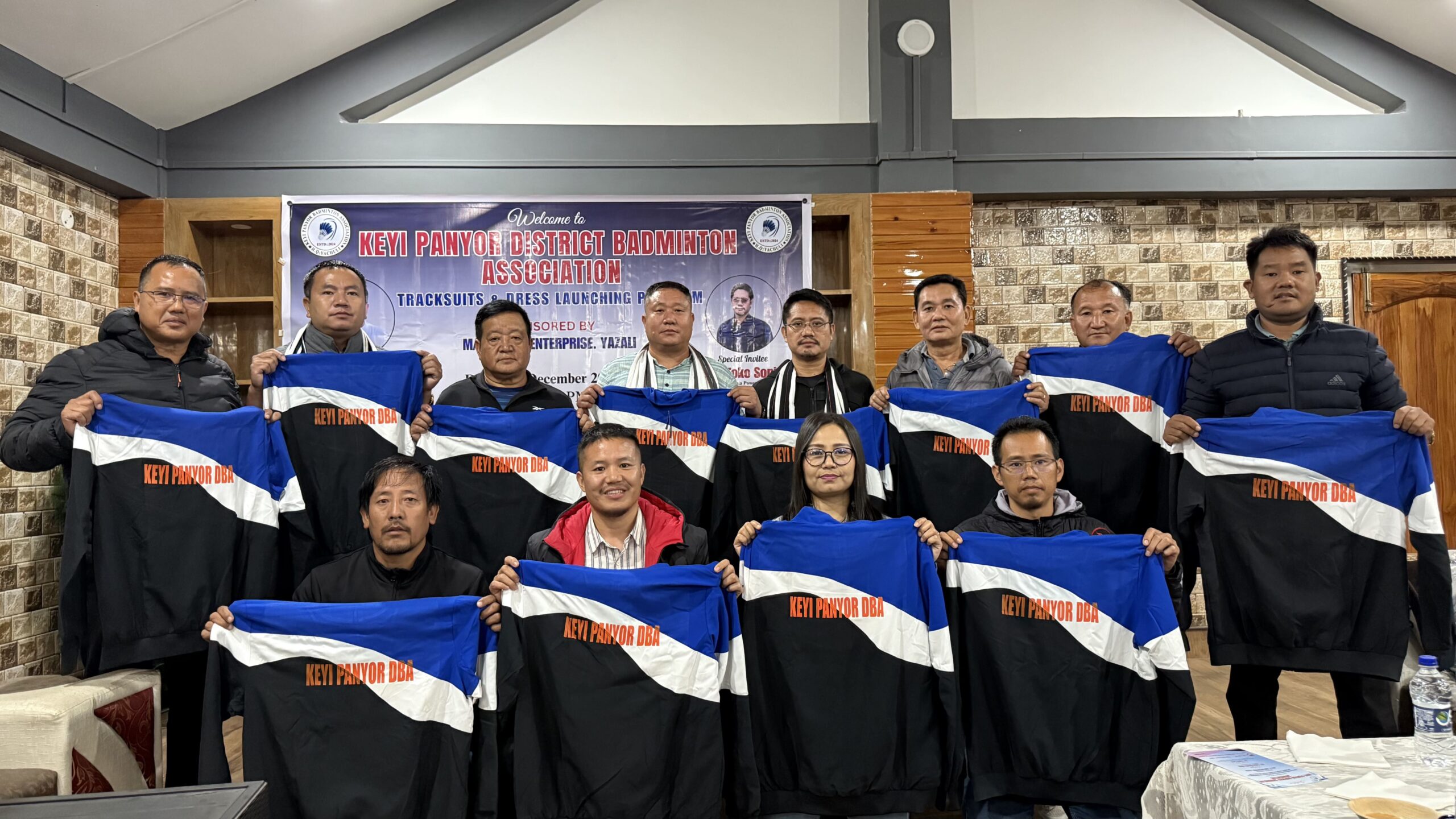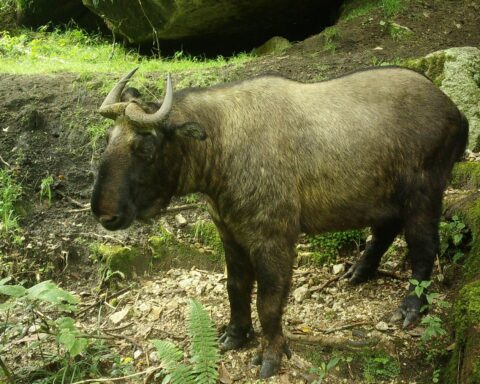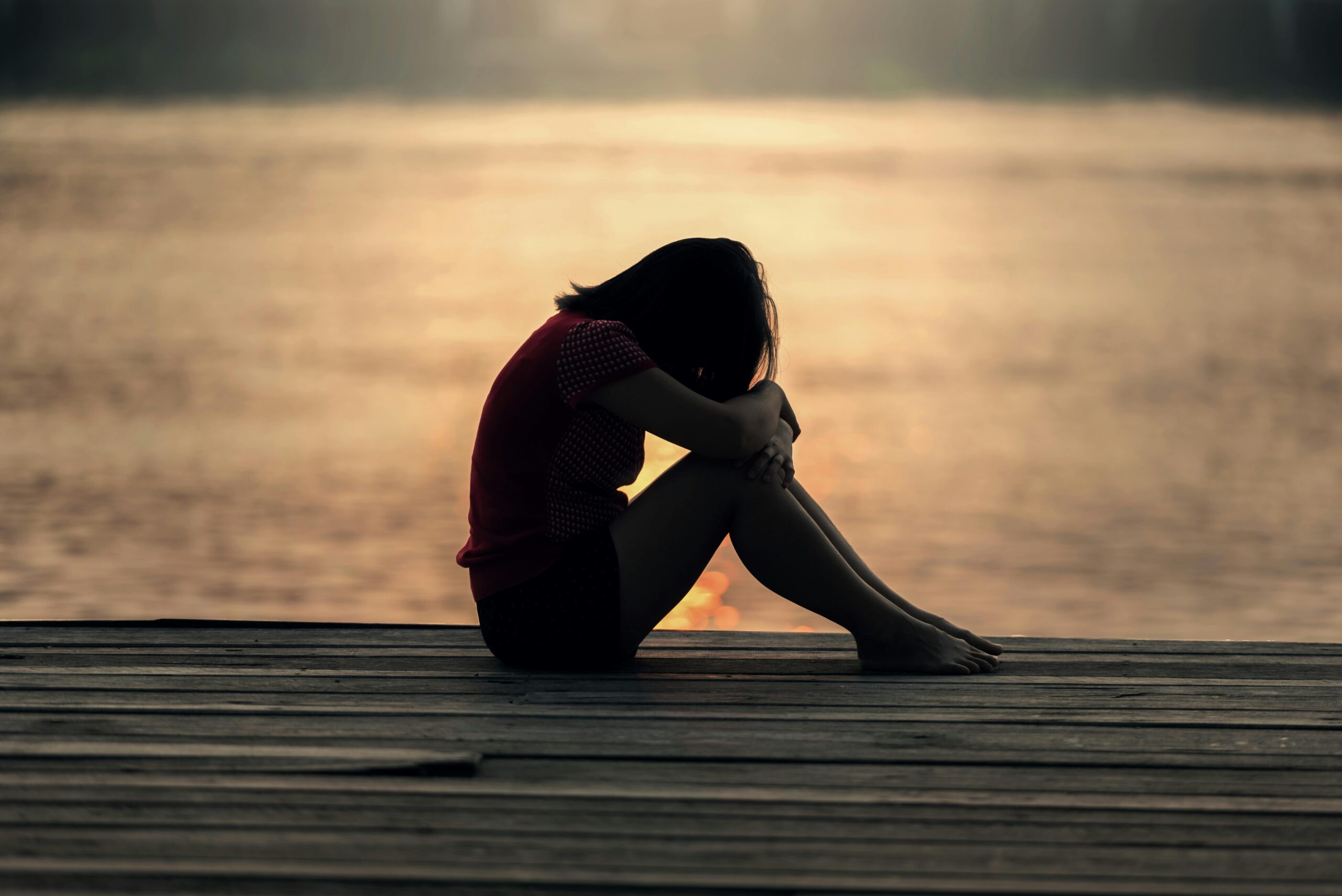Namsai: The first edition of Bharat Lok Sangeet – Arunachal Utsav 2024 organised as a part of the ‘Ek Bharat Shreshtha Bharat’ initiative got underway at the Poi Pee Mau Tai ground here on Saturday.
The event aims to enhance inter-cultural exchange, interaction, and mutual respect among different States and Union Territories of India.
The festival seeks to foster sustained and structured cultural connections, including language learning, traditions, music, and the sharing of best practices.
Twelve cultural troupes from various states of India, including three from Arunachal Pradesh, are participating in the event, showcasing a diverse array of art forms.
Addressing the occasion, Deputy Chief Minister Chowna Mein, who inaugurated the festival highlighted that Arunachal shares many intricacies with the cultural tapestry of the nation, blending the faiths and beliefs of diverse people from different states.
“With 26 major tribes and over 100 sub-tribes, each with its unique identity, language, customs, and traditional practices, Arunachal is a land of diversity thriving within the realms of a greater, diversified India,” he said.
Mein said Arunachal is a reservoir of folk songs, lores, tales, and dances, reflecting the expressions and representations of its indigenous populace.
“This intangible cultural heritage, passed down through generations, embodies a sense of identity and continuity, fostering respect for cultural diversity and human creativity overall. Mein also highlighted the native scripts of the state, mentioning that ancient epics like the Mahabharata and Ramayana have been written in the Tai Khamti script,” he said.
Mein also spoke about the natural splendor and biodiversity of the state, further enriching its allure.
He informed attendees from different states about Arunachal’s significant cultural establishments, including the Golden Pagoda in Namsai district, the Parshuram Kund in Lohit district, historical sites like Bismaknagar and Malinithan, and the ancient Tawang Monastery in Tawang district.
Mein underscored the government’s initiative to turn these establishments into major pilgrimage destinations, paving the way for greater tourist footfalls in the state.
The deputy chief minister further urged for a collective commitment to pass on a legacy of cultural celebrations to future generations, emphasizing the importance of cultural exchange in fostering unity and combating ignorance through peaceful means.
He expressed gratitude to the leaders of various art forms present, acknowledging their pivotal role as custodians of cultural values and heritage.
Mein expressed optimism that initiatives like the ‘Bharat Lok Sangeet – Arunachal Utsav’ would revitalize India’s cultural landscape, fostering unity and contributing to nation-building. He also announced that the program would be added to the calendar events of the Government of Arunachal Pradesh, with plans to expand participation in the coming years.
The inaugural day performances commenced with a Unity Dance of Arunachal Pradesh by Tani Daughters Crew, showcasing five Tani tribes (Nyishi, Adi, Galo, Apatani, and Tagin), followed by Kaa-Kong Tou-Kai (Peacock and Cock Dance) of Tai-Khamti.
Other performances included Mukha Bhaona (Assam), Rouf (Jammu & Kashmir), Kali Aattam (Puducherry), Tsungremong (Nagaland), Jabro (Ladakh), Karagam (Tamil Nadu), Chhapeli (Uttarakhand), Ka-Shad-Sngei (Meghalaya), Lai Haraoba (Manipur), Hojaigiri Dance (Tripura), Denjong Cha-Rab (Sikkim), Buhza Aih Cheraw (Mizoram), Chutkuchuta (Odisha), and a folk fusion concert by Maylula Band and Chorun Mugli (Headliner).
Also read: CM Pema Khandu unveils Arunachal’s newest gem: Keyi Panyor district!





